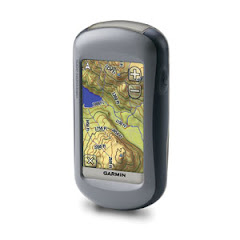And when is a solder joint on a coax cable going to fail? Of course in the harshest period of winter, with at least a foot of snow on the ground and temperatures in single digits at mid-day!
And how do you solder a connector that can't be taken off the antenna without taking the entire antenna down? Well, I waited for a day that was not windy and no snow was in the forecast for that day either. I got my lightweight aluminum stepladder out on the deck, set after having cleared most of the snow climebed up but the connector was still out of reach. Luckily my mast is set so I can lower it, at least to some degree by just releasing a few clamps. Easier said than done in those temperatures. Well, now I can reach the connector, but how can I solder it? My soldering iron is 25w at most, and that certainly won't cut it in a single digits environment. And bringing it up with an extension cord, on an aluminum ladder set on snow remnants? Not too smart, electrically speaking.
Then came the idea! A few years ago, my wife made creme brulee and all that was needed was to caramelize the topping. Much to my wife's horror, I brought my blowtorch and did my deed, without putting the kitchen on fire, which was what my wife had feared then. Later on we were given a mini-blowtorch, to be used uniquely for creme brulee...
Soldering with a blowtorch is something I reserve for plumbing jobs, not for coax connectors. But the mini blow torch might perhaps do the job. I gave it a try and within seconds, I had a nice shiny solder connection made, SWR was back to normal and all was for the best! No apparent damage was done to the plastic shield. I guess the air temperature was working for me at that point.
So here it is, without the sweet smell of the creme brulee and without the acrid smell of burnt plastic too!




















